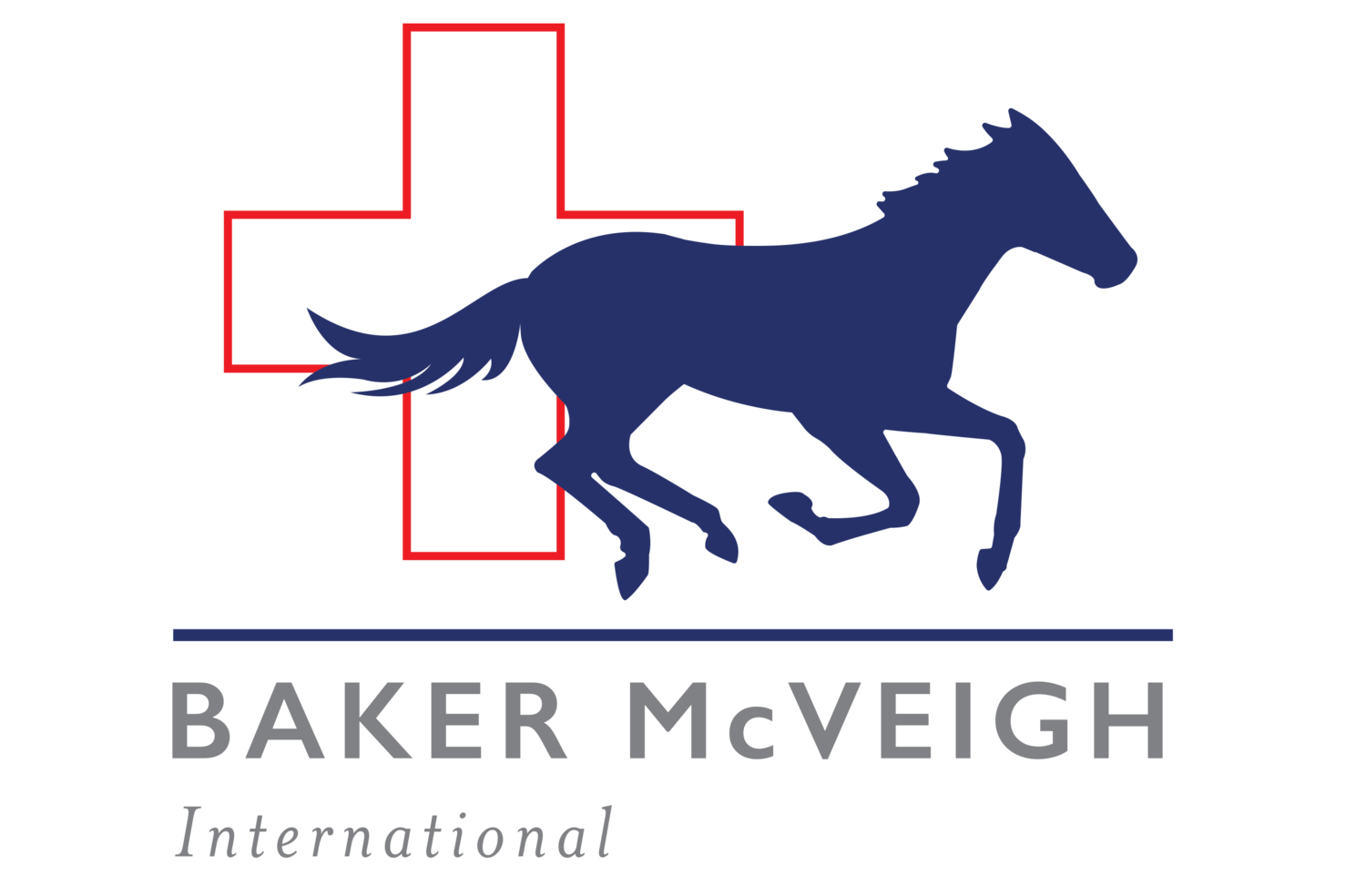Equine Corneal Ulcer Client Information Sheet
Introduction:
Corneal ulcers are the most common equine ophthalmology condition seen in first opinion practice.
The cornea is the most superficial layer of the eye, having only the eyelids for protection as it protrudes from the eye socket. The function of the cornea is to form a protective barrier for the deeper parts of the eye.
A seemingly inconspicuous scratch to the eye can leave your horse in severe discomfort and untreated may result in complications which necessitate removal of the affected eye.
How does this condition occur?
· Primary Trauma to the cornea- Accidently knocking the eye against a rough object. Scratching the eye on hay, bedding or tack. Foreign body trauma such as thorns, large pieces of dirt or excessive dust.
· Secondary to other conditions- Ingrown eyelashes or any condition affecting normal eyelid function.
Is there a signalment?
· Horses that have conditions that may cause them to scratch/rub their heads excessively e.g. Allergies or Skin Disease may be predisposed to developing corneal ulcers.
What are the clinical signs?
· A “painful eye” is usually the primary complaint. This is characterized by 2 distinguishing findings.
· 1) Tight closure of the eyelids.
· 2) Watering or weeping of the eye.
· In advanced or severe cases, it may be possible to see an obvious defect on the corneal surface associated with a “cloudy eye”.
An example of a horse with a “painful eye”. Note eyelids are almost shut and there is a mild amount of weeping.
An example of a horse with suspicious opacity of the cornea.
How do vets make a diagnosis?
· Based on the clinical signs your vet will perform an examination of the eye.
· This may require sedation and a nerve blocks of the eye depending on the level of pain and the demeanor of the horse.
· A Fluorescein Stain, “the green stain”, is applied to the eye and a positive stain (a focal area of bright green on the corneal surface) indicates there is a defect/ulcer in the corneal surface.
An example of a horse with a simple corneal ulcer. Diagnosed by a positive (the circular green spot in the center of the eye) Fluorescein Stain.
What are treatment options?
· The earlier the ulcer is diagnosed and treated the better. In uncomplicated cases this generally results in a shorter duration of treatment, less intensive treatment protocols, fewer complications and swift healing.
· A small simple ulcer can be treated by an informed owner at home. Treatment will usually involve a topical antibiotic eye ointment and a short course of oral anti-inflammatories. Topical atropine drops may be added in more painful cases to alleviate the spasm the eye can develop. It is suggested an eye patch is applied on the affected side to prevent any further trauma and keep light out.
· It is important to never use any eye preparations you have at home without prior consultation of a veterinarian. Topical preparations that include non-steroidal anti-inflammatories and corticosteroids are contra-indicated in corneal ulcers as they can delay healing and predispose to infection.
· Ulcers unresponsive to home treatment or more severe cases, should be admitted to a hospital facility for the best outcome.
· These cases will require frequent topical medications (every 2 to 3 hours throughout the day). A combination of different antibiotics, antifungals and anti-collagenase (Autologous serum, EDTA) medications are used.
· It may be necessary to inject antibiotics and antifungal medications under the eye lids to aid the topical treatments and provide a prolonged release of these substances.
· A lavage system is sometimes instilled under the eyelid, making it easier to administer medications by injecting into the system rather than having to open the eyelids.
· Samples are often taken and submitted to a lab for cytology and culture. This gives the treating veterinarian an idea of what organisms are involved (bacterial vs fungal) and aids us in selecting the right therapy for the specific case.
· Should medical therapy fail, surgery is considered.
· Conjunctival Flap Grafting is most commonly advised. A thin flap of well vascularized surrounding tissue is tacked onto the ulcer. The increased blood supply to the area promotes healing and removes infection.
· Removal of the eye is only considered when severe secondary complications have occurred, resulting in deep seated infection of the other eye tissues.
An example of a post-operative conjunctival flap graft surgery.
What is the prognosis for the continued level of athleticism?
· Most uncomplicated ulcers heal very well and you may not even notice any scarring on the cornea.
· A fair amount of cases will be left with a small scar, these areas are usually small enough not to cause any significant visual impairment.
· Early intervention results in the best outcome as complications can lead to conditions that may cause impaired vision or even necessitate removal of the eye entirely. This can result in loss of intended use or level of performance of the horse.
Works Cited:
Williams, L. (2013). Corneal Ulcers in Horses. Vet Learn.
Corneal Ulcers: Treatment and Care. (n.d.). Retrieved from Equine Medical Services: https://emsvet.com/newsletters/corneal-ulcers-treatment-and-care/
Lamb, L. (2017, February 12). Equine Vision – Part two. Retrieved from NTFR Online: http://ntfronline.com/2017/02/equine-vision-part-two/ (n.d.).




